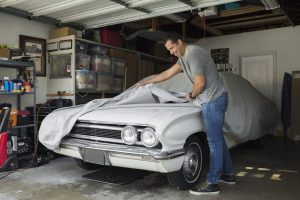Have you been experiencing a mildew like odor when your air conditioning is on? We promise this more than likely is coming from your air conditioning, and not yourself or your passengers. That smell often is deriving from a growth of bacteria in the air conditioning system. Frequently, this occurs in older vehicles or a vehicle that gets seldom use. The bacteria build up can also come from excess moisture, caused by the air conditioning regularly being on the maximum setting.
Don’t worry this is can be fixed. Replacing your air filter will help take care of this issue. Your air filter collects dust, dirt and water and is a perfect place for bacteria to live. Best practice is to replace your air filter every 12,000 – 15,000 miles. If replacing your air filter does not eradicate the odor, your air conditioning evaporator may require a good cleaning as well.
Your local Car-X is here to help, so call or go online to schedule an appointment at https://www.carx.com/request-an-appointment/ and we’ll investigate that pesky smell for you.


 As drivers, there comes that inevitable time in which we are faced with a dilemma: Repair our current car or purchase a new one?
As drivers, there comes that inevitable time in which we are faced with a dilemma: Repair our current car or purchase a new one?